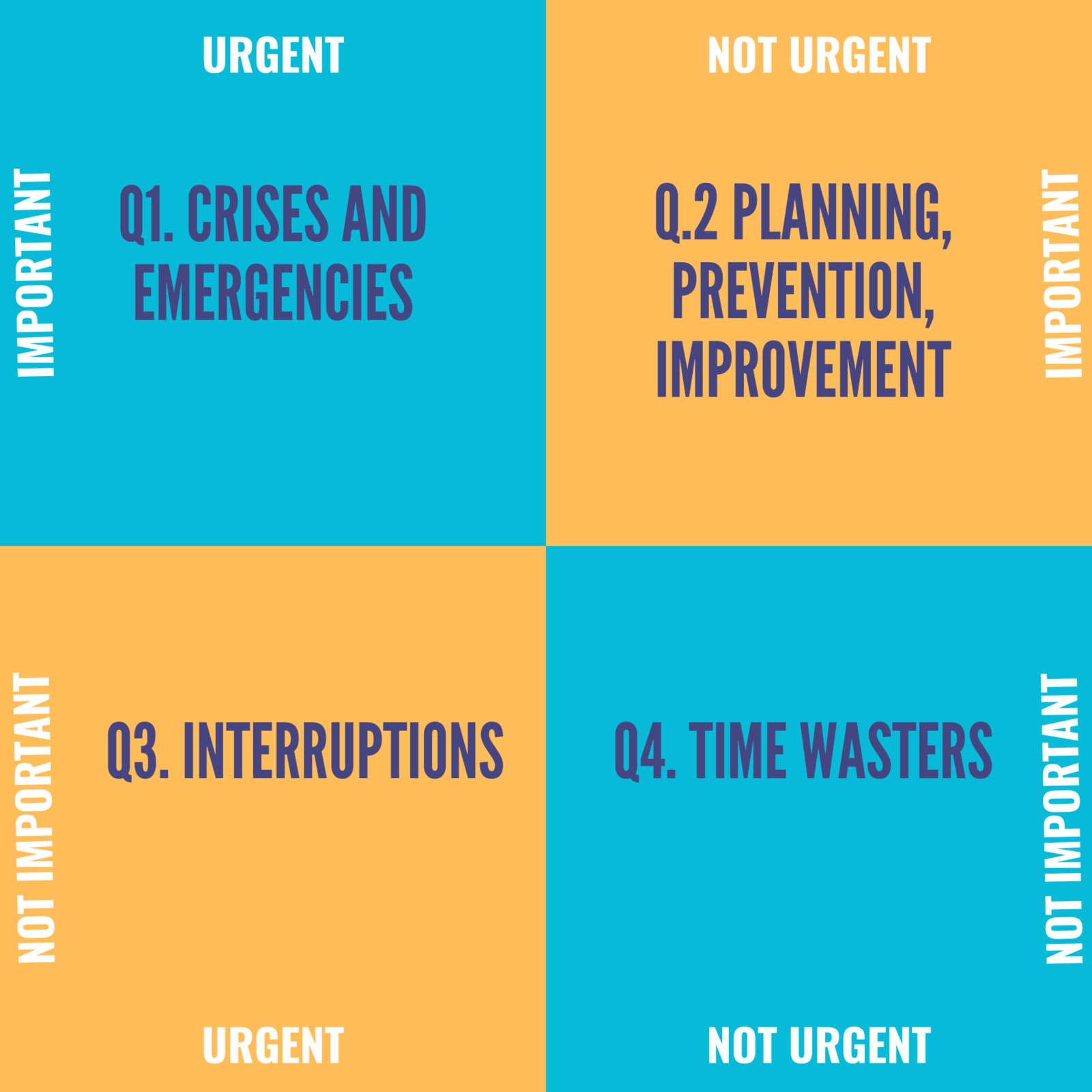By James
Surfing the web, arguing, waiting in line, running errands, stressing over things you can’t change— they’re all time-thieves. I know, because I fall foul to them just as much as anyone else does.
Over the years though, I’ve come to think that one of the best ways to keep you sane and feed the soul as well as the body is to make more of an effort to respect time. We’ve all been there – I can’t find time to do this, I can’t find time to do that – but how much time do you waste on the unnecessary? if you’re anything like the old me, that’s a lot.
The more time you waste on the unnecessary, the less time you have to savour your life. That’s why I’m learning to become such an advocate of time blocking. Never heard of it? I’ve found time blocking a life-changing strategy for using time wisely and getting more done.
I’ve started to use it in my everyday life to create structure and keep me on task but the biggest perk is that it actually makes more time in my life for myself and the people I love. I won’t kid you. I fought learning to time block tooth and nail but if you give it a chance, it really will make your life much better. Try it!
Follow these six steps and see how time blocking may change your life too:
1. Identify your priorities and the big stuff you need to get done *
2. Look at the day in front of you and block out chunks of time to actually get those things done.
3. Create a visual representation of the time blocks like colour-coded blocks on paper, an Excel spreadsheet, or a mobile device app that charts productivity.
4. Schedule in your breaks. If you don’t, the whole day can easily become break time!
5. Identify, limit, or annihilate the habits that interfere with your time-blocked goals. In other words, give yourself 15 minutes to chat with a friend or surf the web, not two hours.
6. Create a work zone. Find a quiet place where you can focus on getting stuff finished.
If you’re thinking: ‘that’s all well and good, but how do I prioritise?’ a further tool that can be used is called the Four Quadrants of Time Management. This helps you divide things into how urgent they are and how important they are, planned out in a matrix like this



